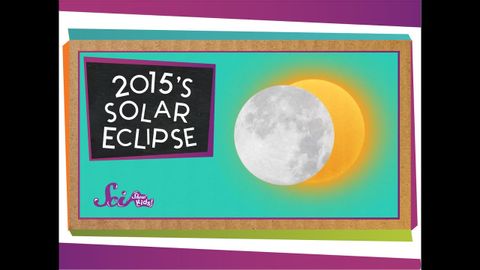
Subtitles & vocabulary
Video vocabulary
planet
US /ˈplænɪt/
・
UK /'plænɪt/
- Noun (Countable/Uncountable)
- One of the bodies that orbit the sun
- A different world or sphere of existence.
- Proper Noun
- The earth.
A2
More day
US /de/
・
UK /deɪ/
- Noun (Countable/Uncountable)
- A period of 24 hours beginning at midnight
- The period of time when it is light outside
A1
More long
US /lɔŋ, lɑŋ/
・
UK /lɒŋ/
- Proper Noun
- Person's name
- Adjective
- Large distance from one end to the other
- Having many parts, e.g. a book with many chapters
A1
More light
US /laɪt/
・
UK /laɪt/
- Transitive Verb
- To cause something to burn; put a burning match to
- To provide a way to see ahead
- Adjective
- Being bright making it easy to see; not dark
- Being pale and lacking darkness of color
A1
More Use Energy
Unlock All Vocabulary
Unlock pronunciation, explanations, and filters
